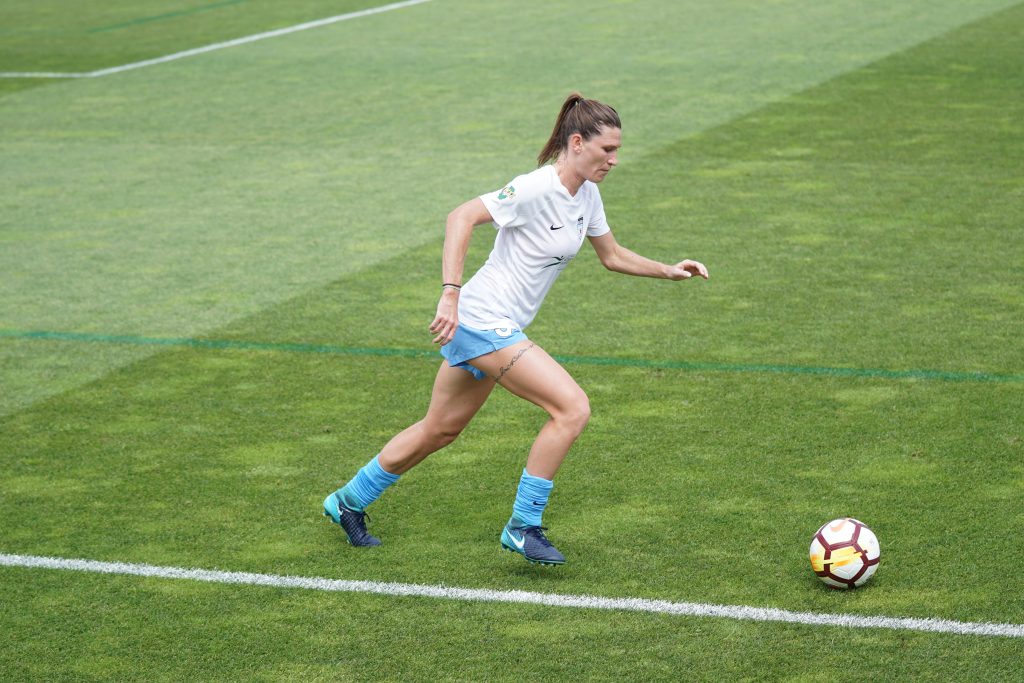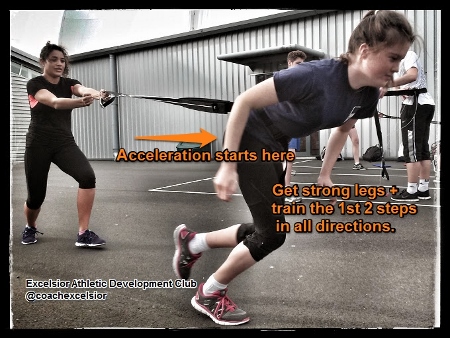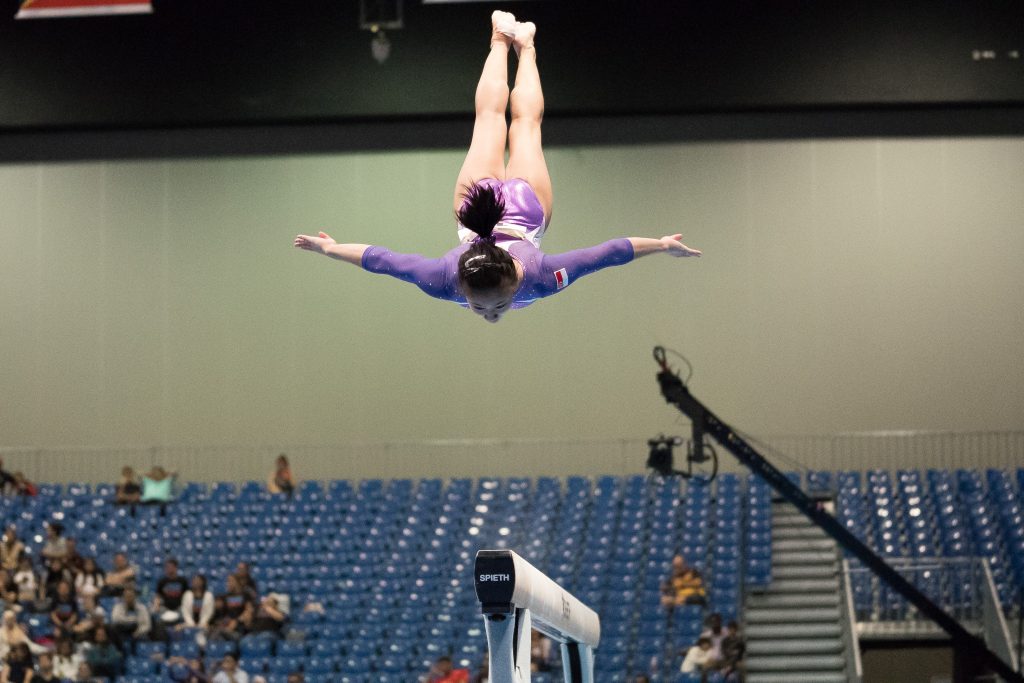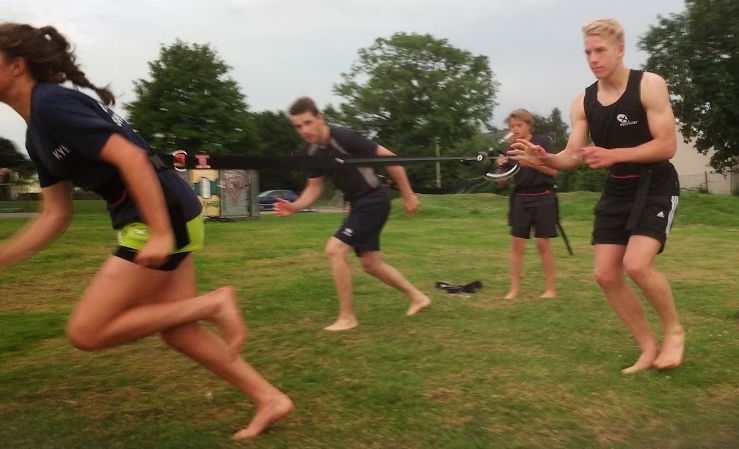Posts Tagged ‘speed’
Free the children
Have you been to a zoo recently? You might see a collection of animals behind bars. They have some space to roam but, for the likes of the speedy cheetahs, not enough to get up to full speed and hunt. They were born to do this. I have written previously about the stunted development of…
Read MoreHow to develop speed: Gary Winckler
“The hamstrings transfer force from the motor of the butt to the wheels of the foot.”
Tenets of speed development
Athletics coach Gary Winckler delivered an excellent overview on what he thinks is important on developing speed. A lot of the work is similar to what Frans Bosch did a couple of years ago, and he mentioned Bosch’s work a lot.
Read MoreHow to make Pre-Season Training Interesting, Relevant and More Fun
I Hate Pre-Season Training
This is often the thought of players who are forced to undergo various fitness tests and long slow runs as part of a pre-season fitness programme.
Doing repeated doggies, shuttle runs and various circuits, with barely a ball in sight is enough to put most players off.
It doesn’t have to be this way.
Read MoreSpeed Training for Gymnasts
How to get to the Vault or Double Mini Trampoline quicker
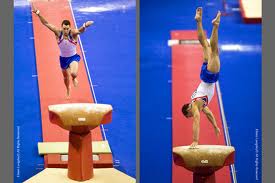 In order to generate a bigger jump, gymnasts need a faster approach to the Vault or Double Mini Trampoline (DMT).
In order to generate a bigger jump, gymnasts need a faster approach to the Vault or Double Mini Trampoline (DMT).
This involves them running for about 20-30m and then jumping onto a springboard or the DMT.
Read MoreSpeed Endurance for Football: Theory and Practice
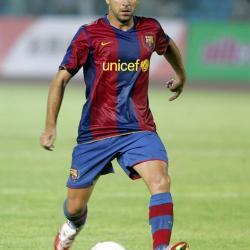 How to train for speed endurance
How to train for speed endurance
Not so long ago, speed and speed endurance were mentioned far less than they are currently.
Arguably, it could be said that speed, strength and power are excessively emphasised and tested in British football.
However, that could be countered by saying the British style of play needs and suits these requirements.
Read MoreFrom the ground up: how to get fit for netball part2
Netball is primarily a female sport, which due to their anatomical construction are prone to knee injuries in sport before adding in the complications of landing, jumping and multi directional movement.
Read MoreSpeed and Power Training for Gymnasts
How to get faster for gymnastics
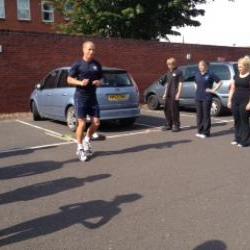 I presented two workshops last month at a conference for gymnastics coaches: speed training and plyometrics myths.
I presented two workshops last month at a conference for gymnastics coaches: speed training and plyometrics myths.
The coaches ranged in age, experience and their gymnastic discipline.
There is no one size fits all approach to gymnastics, so I tried to cover the underlying principles first so that the coaches could then apply it in their own context.
Read MoreSpeed Training Exercises
“Build the quality, then learn to endure it”
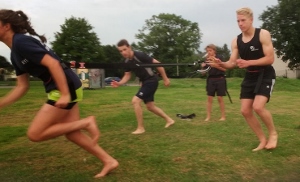 This month of our internship we have been learning about speed and the most effective ways to train for it writes Matt Durber.
This month of our internship we have been learning about speed and the most effective ways to train for it writes Matt Durber.
Pre-season speed training
“Don’t run the speed out of you”
Speed kills, and every coach wants a faster team. The best way to get a faster team is to recruit faster players. Failing that, get your existing players to run faster.
Your team needs to be able to run fast at the end of each half, not to be able to jog aimlessly. around.Traditionally pre-season training has started with long slow runs and then worked towards trying to get faster.
Read More“The true Art to what, how and why we do”: Jim Radcliffe
What it takes to be a successful strength and conditioning coach.
“People in support positions should be seen and not heard”
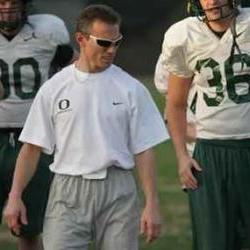 Jim Radcliffe at the beginning of his presentation on successful S&C coaching.
Jim Radcliffe at the beginning of his presentation on successful S&C coaching.





